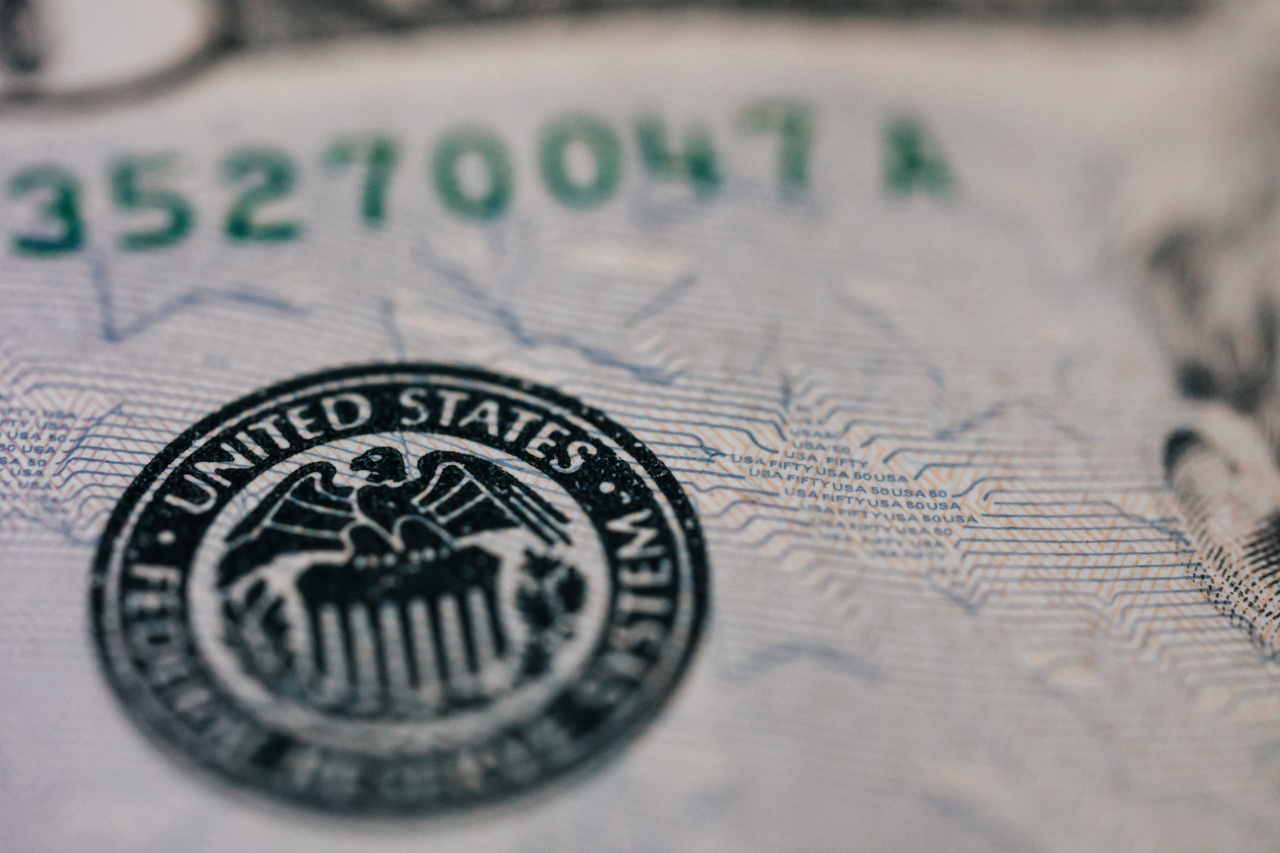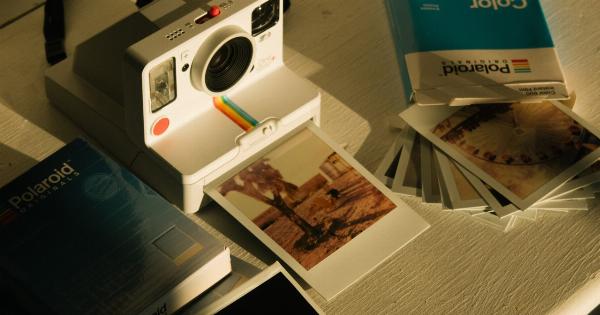Advancements in medical technology have paved the way for remarkable breakthroughs in various fields, and eye transplants are no exception.
In recent years, scientists and researchers have been exploring the use of printed cells for eye transplants, a revolutionary approach that holds immense potential. This innovative technique has the potential to transform the lives of millions of individuals worldwide who suffer from vision impairment or blindness.
The Need for Eye Transplants
Vision impairment and blindness affect millions of people worldwide, significantly impacting their quality of life.
Traditional treatments for eye conditions such as corneal disorders, age-related macular degeneration (AMD), and retinitis pigmentosa have limitations. In many cases, a complete or partial eye transplant is the only viable option to restore vision.
Challenges in Eye Transplants
The success of traditional eye transplants largely depends on finding a suitable donor with a compatible tissue match. However, there is a severe shortage of donor eyes, making it challenging for patients to access this life-changing procedure.
Moreover, even with a suitable donor, there are risks of rejection and post-transplant complications.
The Promise of Printed Cells
Printed cell technology, also known as bio-printing, offers a promising solution to the challenges faced in traditional eye transplants.
This cutting-edge technique involves the precise placement of printed cells onto a scaffold, creating a three-dimensional (3D) structure that mimics the natural tissue of the eye.
How Does Printed Cell Technology Work?
Printed cell technology begins with collecting specific cell types required for the transplantation process. These cells are then isolated, multiplied in a laboratory setting, and mixed with a bio-ink solution.
The bio-ink serves as the printhead, enabling precise deposition of cells in a controlled manner.
The Importance of Scaffold
A scaffold acts as a support structure for the printed cells, providing them with a framework to grow and develop. It helps maintain the shape and structure of the eye during the transplantation process.
The scaffold can be made from various materials, such as biocompatible polymers or even decellularized donor tissues.
Advantages of Printed Cell Eye Transplants
There are several advantages offered by printed cell eye transplants compared to traditional methods:.
1. Eliminating Donor Shortage
By using printed cells, the need for donor eyes is significantly reduced. The cells can be obtained from a patient’s own body, eliminating the risk of rejection and overcoming the shortage of donor tissue.
2. Customized Transplants
Printed cell technology allows for the customization of transplants based on individual patient needs. Each transplant can be tailored to match the specific requirements of the recipient, resulting in improved outcomes and better long-term viability.
3. Minimizing Rejection Risks
Rejection of transplanted tissue is a common concern in traditional eye transplants.
With printed cell transplants, the cells used can be derived from the patient’s own body, significantly reducing the risk of rejection and the need for immunosuppressive drugs.
4. Enhanced Precision and Functionality
The ability to precisely place cells in a controlled manner enables the creation of complex structures and functional components within the eye.
This advanced level of precision ensures better integration of the transplanted cells, leading to improved visual outcomes.
5. Faster Recovery and Rehabilitation
Traditional eye transplants often require extended recovery periods and intensive rehabilitation. Printed cell eye transplants have the potential to expedite the recovery process and minimize the need for prolonged post-operative care.
Potential Applications
While the application of printed cell technology in eye transplants is still in its early stages, researchers are optimistic about its potential impact. Here are a few potential applications:.
1. Corneal Transplants
Corneal disorders, such as keratoconus and corneal scars, can lead to significant vision impairment.
Printed cell technology can offer a solution by providing custom-made corneal grafts that closely resemble the natural cornea, improving visual outcomes for patients.
2. Retinal Transplants
Retinal degenerative diseases, like age-related macular degeneration and retinitis pigmentosa, can cause severe vision loss.
By utilizing printed cell technology, researchers aim to develop functional retinal cells that can be transplanted to restore vision in affected individuals.
3. Optic Nerve Regeneration
Damage to the optic nerve can result in irreversible vision loss. Printed cell technology holds the potential to regenerate damaged optic nerves, thereby restoring vision for individuals affected by optic nerve diseases or injuries.
Challenges and Future Directions
While printed cell technology shows remarkable potential, there are several challenges that need to be addressed for its widespread adoption:.
1. Reproducibility and Standardization
Ensuring the reproducibility and standardization of printed cell transplants is crucial for their success.
Consistency in the manufacturing process, cell selection, and scaffold design needs to be established to achieve reliable results across different patients and centers.
2. Long-term Viability
Assessing the long-term viability and functionality of printed cell transplants is essential.
Researchers need to evaluate the durability of the transplanted cells over extended periods and their ability to integrate into the recipient’s eye tissues for continued functionality.
3. Ethical Considerations
Exploring the ethical dimensions of printed cell technology is necessary, especially concerning the use of embryonic stem cells or induced pluripotent stem cells.
Addressing ethical concerns is critical to ensure the responsible development and application of this revolutionary technique.
The Path Forward
The use of printed cells in eye transplants represents a significant step forward in regenerative medicine.
This innovative approach has the potential to revolutionize the field of ophthalmology and transform the lives of individuals affected by vision impairment and blindness.
Conclusion
The progress made in printed cell technology for eye transplants is awe-inspiring. Through advancements in bio-printing and tissue engineering, scientists are inching closer to a future where custom-made eye transplants are a reality.
While challenges remain, the potential benefits of printed cell eye transplants cannot be understated. With continued research and development, we are on the cusp of a new era in ophthalmology, where vision restoration becomes not just a hope, but a tangible and accessible solution.




























